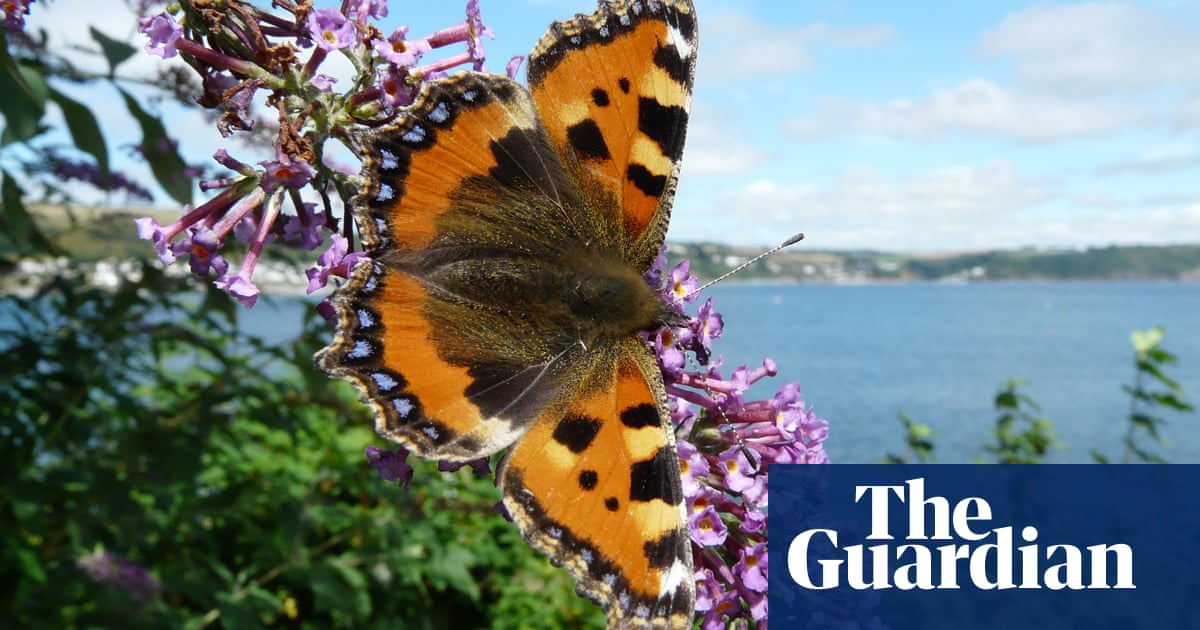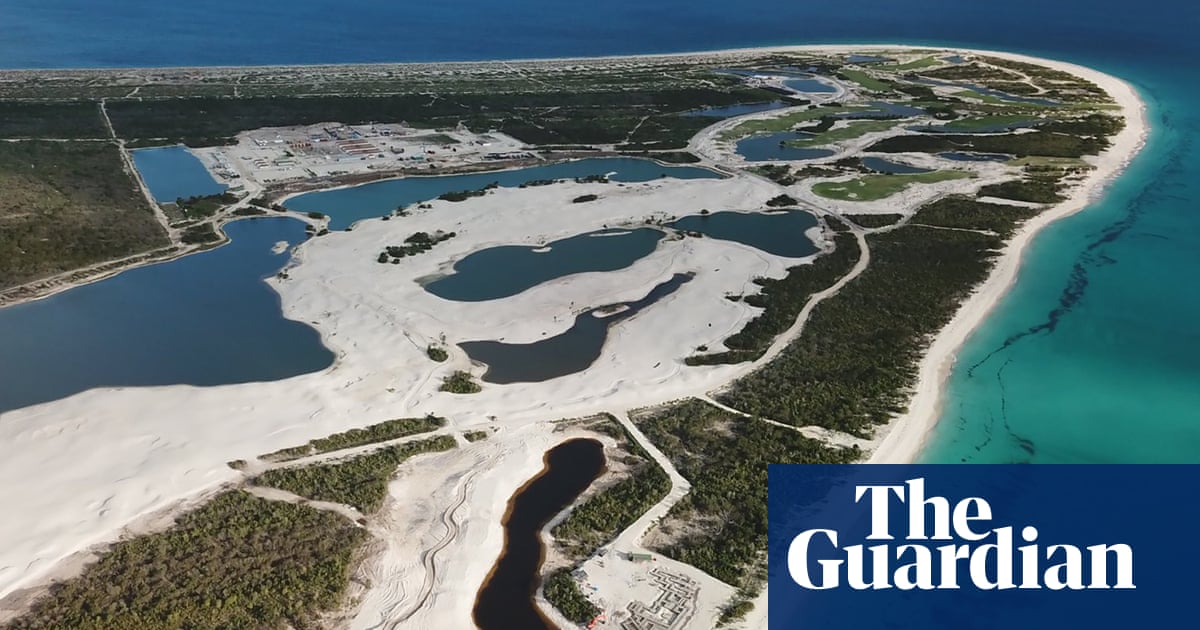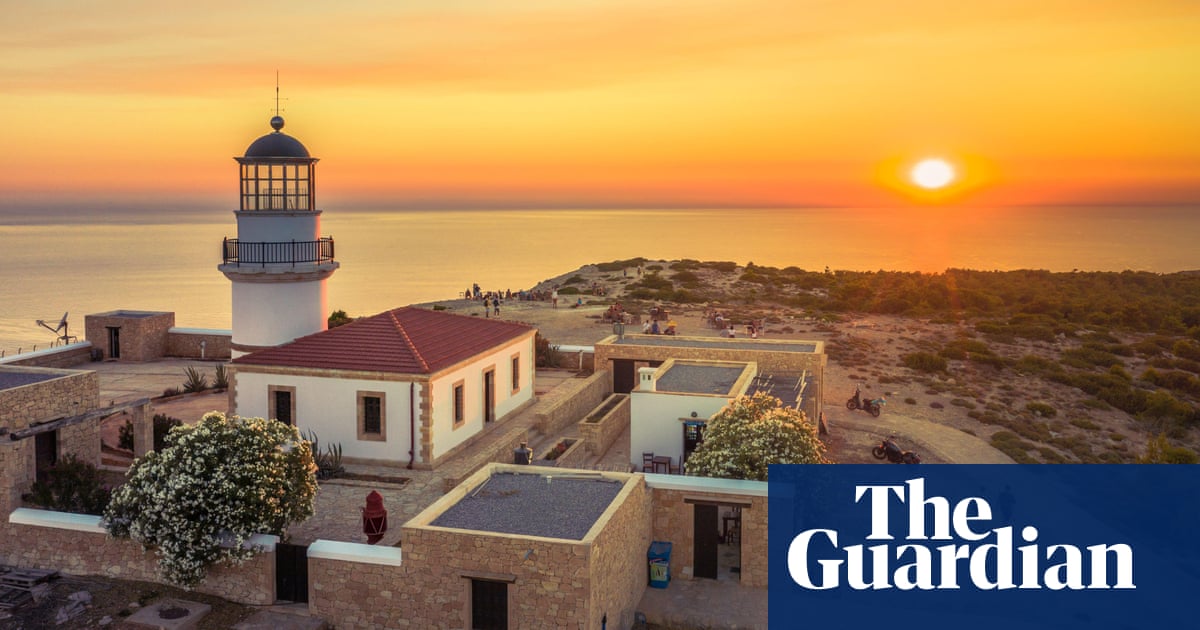
With its driftwood, capsized boat and crystal-clear waters, Looe Island looks more like a scene from Robinson Crusoe than the well-trodden coastline of Cornwall. Few realise that only a mile from Looe – a seaside town whose narrow streets spill over with tourists in the summer months – there is a wildlife sanctuary.
In Cornwall’s only marine nature reserve, birds nest in thickets of trees, sheep graze grassy slopes and seals seek refuge in the island’s rocky bays. Quiet and tranquil, Looe Island is nearly deserted – apart from two wildlife wardens whose job it is to care for the land so its biodiversity flourishes.
Although its circumference, also known as St George’s Island, is only one mile, Looe has a long and varied history. Records indicate the island was an early Christian settlement, a tin trading centre and a hotspot for smuggling. In more recent years, it was inhabited by two sisters, who fulfilled a childhood dream of buying a private island.
Babs and Evelyn Atkins secured the land in 1965 for £22,000, and retired there to write books about their remote island life. With no descendants, the sisters rejected a multimillion-pound offer to transform the island into a theme park, and bequeathed it to a charity, the Cornwall Wildlife Trust. Since 2004, Looe Island has been a nature reserve with the sole aim of letting wildlife thrive in peace.
“We’ve tried to manage the land so that everything can go through its lifecycle, whether it’s an insect, flower or bird,” says Claire Lewis, who is the current caretaker of Looe Island along with her partner, Jon Ross. The couple, who are nature wardens for the trust, have been the island’s only residents for nearly 20 years. Their job involves monitoring species, reporting back to wildlife groups and hosting a limited number of visitors on the island.
From Easter through to October, provided the tides are right, tourists can board an official boat from the mainland and take a self-guided trip around the island. Trespassing – by curious paddleboarders, swimmers and boaters – is forbidden.
“It’s about minimising the impact on the island,” says Lewis. “The more people you have to stay longer, the more likely there will be disturbance.”
The island’s geography, a patchwork of woodland, maritime grassland, sand, shingle and rocky reef, has provided a natural refuge for wildlife. “One of the things you notice is how full of life it is,” Lewis says. And, at a time when biodiversity is in freefall – with reports suggesting half of the world’s bird species are in decline and flying insects have plunged by 64% since 2004 – Looe Island seems to be a pocket of resistance.
Lewis interrupts every so often to point out holly blue and comma butterflies, or to show off the island’s colony of great black-backed gulls, the largest in Cornwall, which can be found lounging on rocks or flexing their impressive 1.5-metre wingspan.
After almost two decades on the island, Lewis can differentiate easily between the calls and cadences of bird song – singling out oystercatchers, herring gulls, blackbirds, wrens or chaffinches like a conductor in an orchestra. Surrounded by natural sounds and smells, her senses have become fine-tuned.
“We can tell if somebody has landed [on the island] because of the noises the birds make,” she says. “When people get off the boat, I can tell if someone’s washed their hair in strong shampoo or if they’re wearing a lot of deodorant.”
Looe Island acts as a barometer, measuring the toll human activity has on wildlife. Away from the mainland’s chemical soup of sewage spills, pesticides and light pollution, nature is given space to breathe. “I think we’re far enough away for it to not have a huge impact, but we can’t control everything,” Lewis says.
Compost is made from mostly natural resources, such as sheep manure and seaweed, and the island’s energy is from solar panels and wind turbines. More recently, visitors are being instructed to wash their shoes with disinfectant, to protect against avian flu spreading from the mainland.
Managing an island involves a delicate balance. Lewis says it is unlikely that species such as red squirrels would be deliberately brought over. “If we start introducing things we can’t easily control, it can shift everything out of balance,” she says. Their rule of thumb is: “This is what happens happily here, let’s not tinker with it too much.”
There are a few exceptions – a flock of Shetland sheep was introduced to trim scrubby patches of land so cormorants could scour for prey, and Russian vine was removed because it was slowly suffocating the island’s apple, plum and walnut trees.
Still, a glance at the island’s vegetable garden gives a tropical impression, as the mild and sheltered habitat gives rise to crops such as yam and kiwi. The wardens grow most of their own fruit and vegetables, trading surplus runner beans or rhubarb for mackerel, fresh from the boats of passing fishers. The couple make do without most luxuries, though “we could do with a pub”, says Ross.
By now, the wardens know the island like the back of their hands, but occasionally they are surprised. In 2013, Lewis spotted a translucent jellyfish with long, fine tentacles. It was a crystal jellyfish, a species rarely found in the UK, and usually seen in the warmer waters of the east Pacific. Sightings of unusual jellyfish, attributed to the climate crisis, are increasing, with 11 species spotted around the UK and Ireland in 2022, according to the Marine Conservation Society (MCS).
External groups and volunteers regularly visit the island to carry out bird ringing, nest counts, butterfly transects – when observers count numbers along a fixed path – and seal identification. Sue Sayer has been doing monthly surveys on the island with the Cornwall Seal Group Research Trust since 2008. “It’s a wonderful case study of how positive management can increase diversity,” she says. As an offshore and intertidal island, it is an important stopover for mobile seals – “like a service station on the seal motorway”, she says.
The island used to lie in “a sweet spot” for marine life, where warm currents mingled with cooler, nutrient-rich waters. But, says Lewis: “There does seem to be a shift, where warm water is getting further north. We can do our best here, but there may be other factors going on.”
For now, life remains largely unchanged on Looe Island. “Most of the time it’s peaceful. It’s good for anyone’s mental health to have that quiet,” says Lewis. “Island time” is punctuated by the rhythms of nature. “Yesterday, we saw our first sandwich terns of the spring. We’ll say ‘hello’ and then ‘goodbye, we’ll see you next year’,” she says.
There is a comforting sense of continuity when acting as the guardian of a small island. “I like the idea that some of these birds could have been the same ones the sisters were looking at 20 years ago,” says Lewis.












